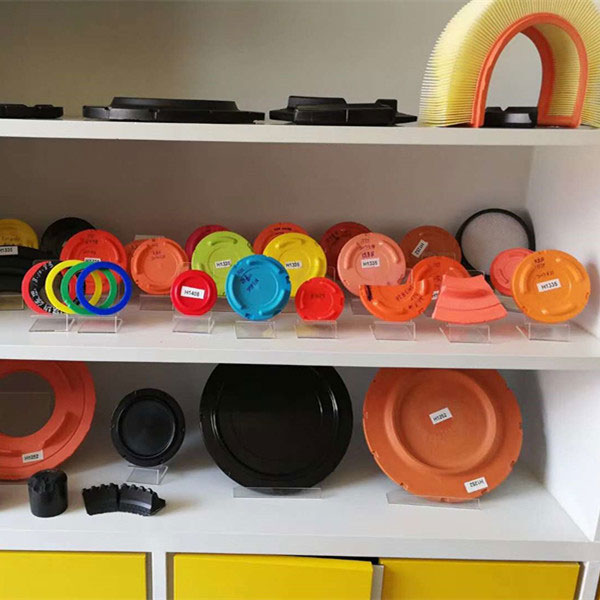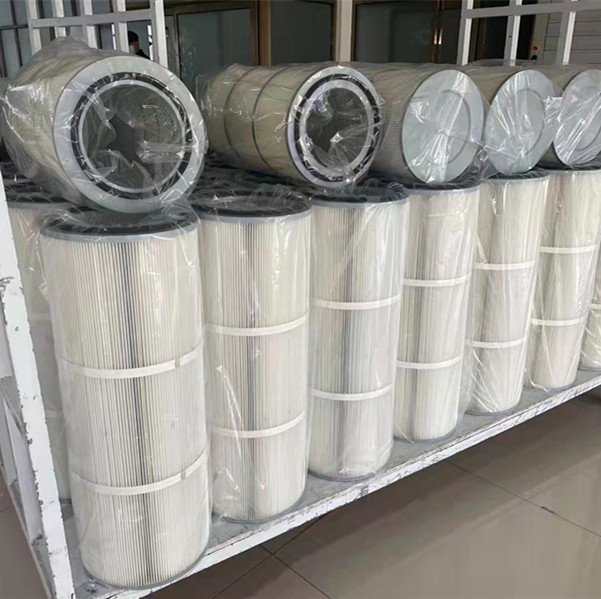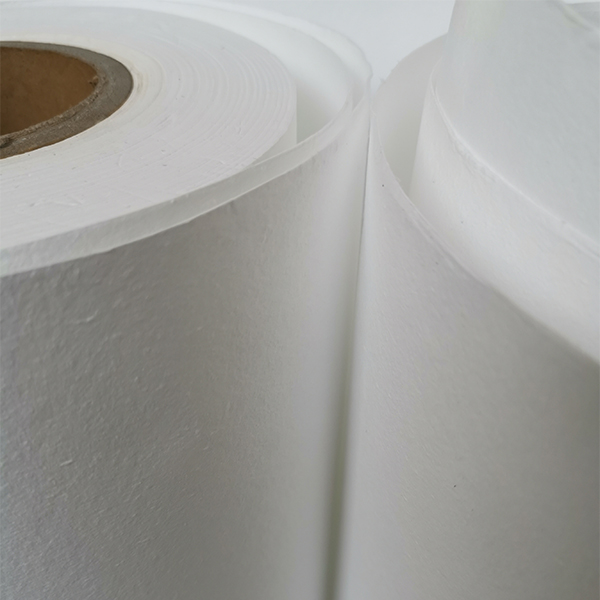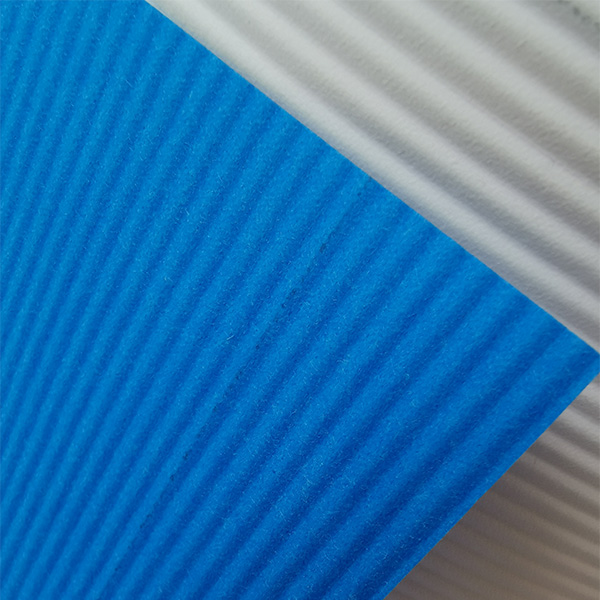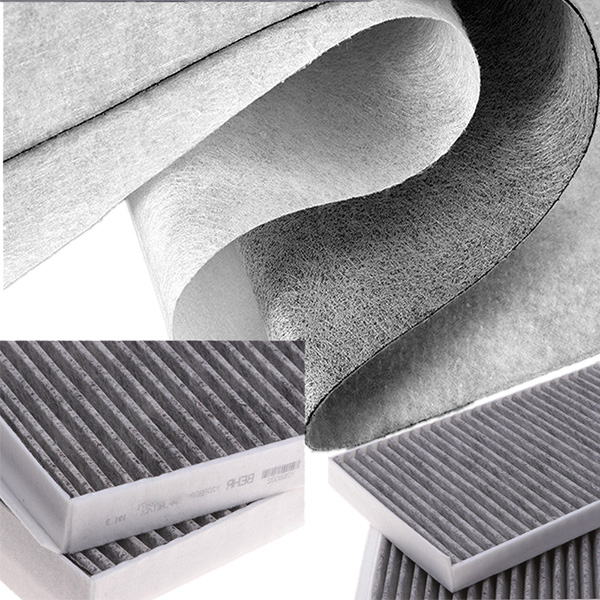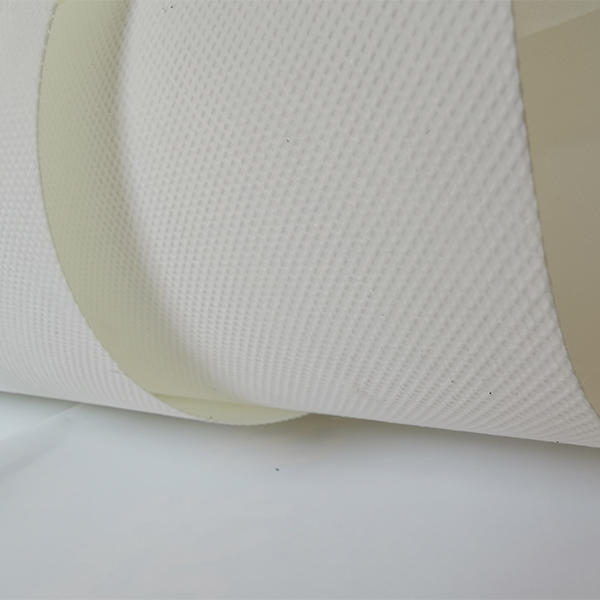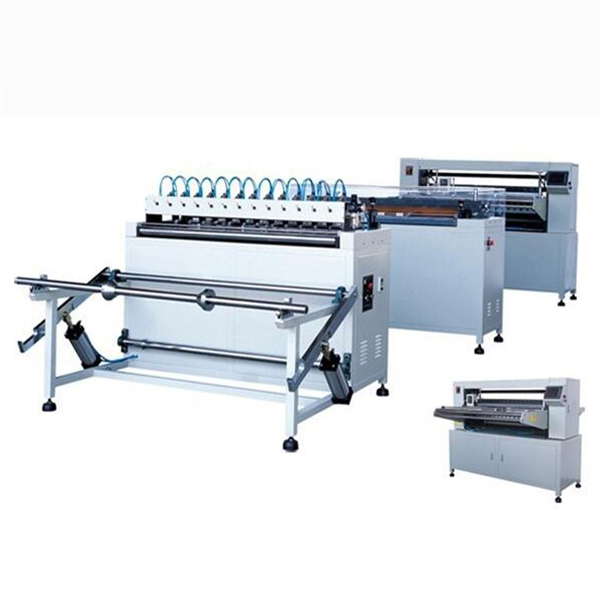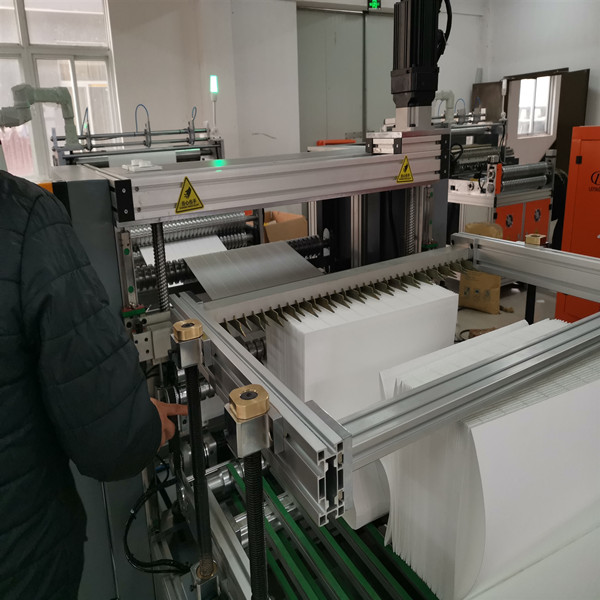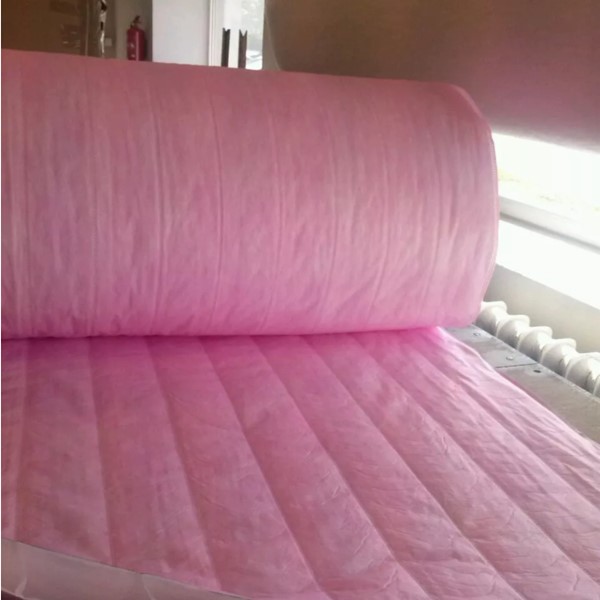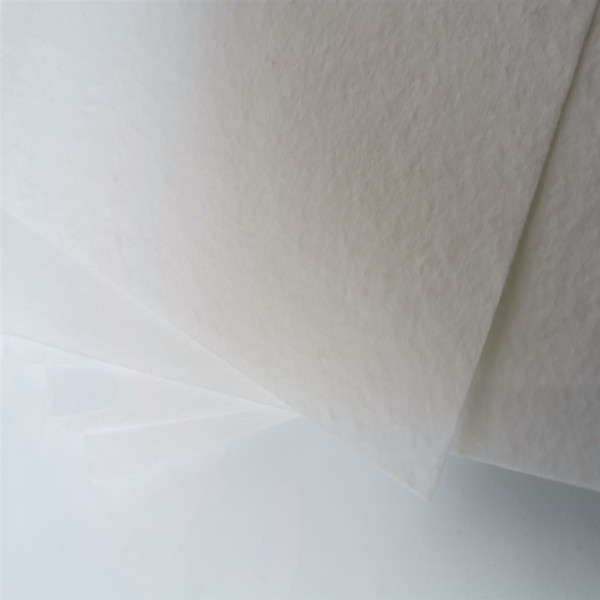Introduction to HEPA Filter Paper for Critical Air Filtration
In critical environments requiring stringent air quality control, the integrity and performance of filtration media are paramount. High-Efficiency Particulate Air (HEPA) filter paper stands as a cornerstone in achieving superior air purification, effectively capturing microscopic particles that pose risks to processes, products, and personnel. For industries seeking unparalleled air filtration solutions, understanding the nuances of hepa filter paper for sale is crucial. This detailed guide explores the technical aspects, manufacturing precision, and diverse applications of this essential material, offering insights for B2B decision-makers and engineers.
HEPA filter paper is engineered to remove at least 99.97% of airborne particles with a size of 0.3 micrometers (µm), a size considered the Most Penetrating Particle Size (MPPS) for many filter media. Its critical role spans across various sectors, from cleanroom technology to pharmaceutical manufacturing, where even minute contaminants can compromise operational integrity and product safety. The demand for advanced filtration media continues to rise, driven by global health concerns, increasing environmental regulations, and the expansion of highly sensitive industries.
Manufacturing Precision: The Process Flow of HEPA Filter Paper
The production of high-performance HEPA filter paper is a sophisticated process, blending advanced material science with precision engineering. Unlike typical paper manufacturing, the creation of HEPA paper focuses on achieving a highly uniform, intricate fiber matrix capable of exceptional particulate capture with minimal airflow resistance. The primary material used is typically sub-micron glass microfibers, often blended with cellulose or synthetic fibers for enhanced mechanical strength and pleatability, bound together by specialized polymeric binders.
Detailed Process Steps:
- Fiber Preparation: Ultrafine glass microfibers, often in the range of 0.2 to 2.0 micrometers in diameter, are carefully dispersed in an aqueous solution. The quality and uniformity of these fibers are crucial for the final filter's efficiency.
- Slurry Formulation: The dispersed fibers are combined with specific polymeric binders (e.g., acrylic latex, phenolic resins) and other additives. These binders provide the necessary strength and durability to the filter paper, ensuring it can withstand operational stresses and maintain its pleated structure.
- Wet-Laid Forming (Paper Machine): The formulated slurry is fed onto a specialized paper machine, typically a Fourdrinier or inclined wire machine. Here, a uniform web of fibers is formed as water is drained, creating the foundational sheet of filter media. Precise control over flow rates and fiber dispersion is essential to prevent irregularities that could compromise filtration efficiency.
- Drying: The wet web then passes through a drying section, where moisture is carefully removed. Controlled temperature and airflow prevent shrinkage and maintain the structural integrity of the delicate fiber matrix.
- Curing: Following drying, the paper undergoes a curing process, where the polymeric binders are thermally set. This strengthens the fiber-to-fiber bonds, enhancing tensile strength and ensuring the paper retains its structural properties even under varying humidity and temperature conditions.
- Calendering (Optional but common): For specific applications, the paper might be lightly calendered to achieve desired thickness uniformity and surface smoothness, which can impact pleatability and downstream processing.
- Quality Control and Testing: Throughout the process, and especially at the final stage, rigorous quality control checks are performed. This includes measuring air permeability, pressure drop, thickness, basis weight, and most importantly, filtration efficiency.
Testing Standards and Performance Guarantees:
Adherence to international standards is non-negotiable for HEPA filter paper. Key standards include:
- ISO 29463 (formerly EN 1822): This standard specifies the classification, performance, and testing of filter elements for general ventilation and cleanroom applications. It defines efficiency levels from E (EPA) to H (HEPA) and U (ULPA), with HEPA papers typically meeting H13 or H14 classifications.
- IEST-RP-CC001: Recommended practice for HEPA and ULPA filters used in cleanrooms and other controlled environments.
The service life of HEPA filter paper, when integrated into a filter unit, is influenced by particulate loading, air quality, and operational conditions. High-quality paper maintains its structural integrity and efficiency over extended periods, contributing to longer filter lifespans and reduced maintenance cycles. Our commitment to delivering high-quality hepa filter paper for sale ensures compliance with these rigorous benchmarks.
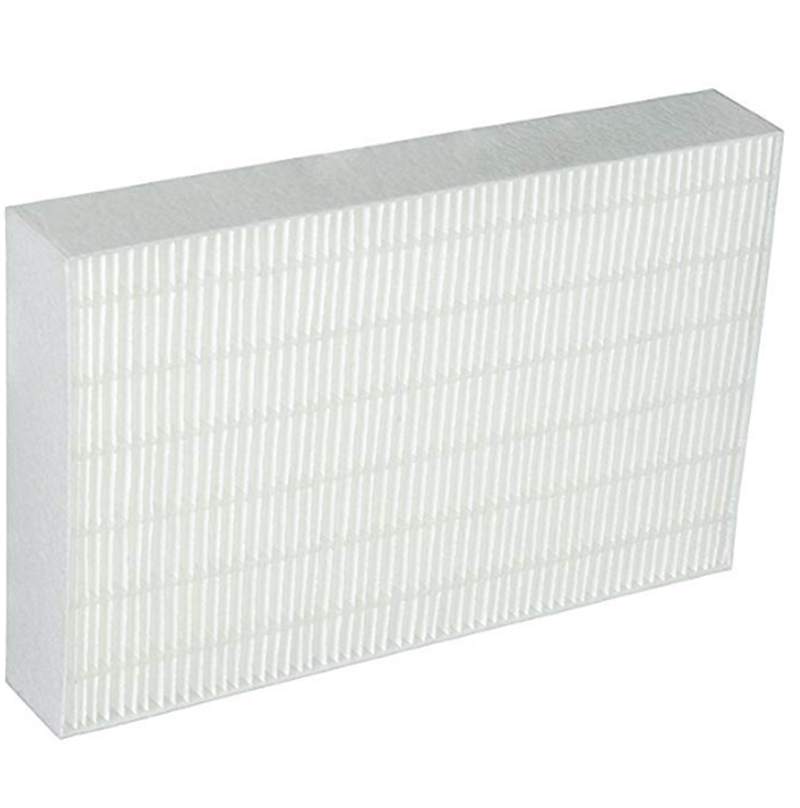
Figure 1: Illustration of a HEPA filter element, highlighting the pleated structure formed from HEPA filter paper.
Industry Trends and Market Dynamics for HEPA Filtration
The market for HEPA filter paper is experiencing robust growth, propelled by several key industry trends. A global surge in health consciousness and environmental awareness drives demand for cleaner air across residential, commercial, and industrial settings. Stricter regulatory frameworks, particularly in pharmaceutical, healthcare, and semiconductor manufacturing sectors, mandate superior air filtration to meet product quality and safety standards. The ongoing expansion of urban areas and industrialization in developing economies also contributes to higher particulate matter levels, necessitating advanced filtration solutions.
- Focus on Energy Efficiency: Manufacturers are continuously innovating to produce HEPA filter paper with lower pressure drop, which translates into reduced energy consumption for HVAC systems and air handling units, a significant operational cost saving.
- Rise of Mini-Pleat Technology: The shift towards mini-pleat designs allows for more filter media to be packed into a smaller volume, enhancing filtration capacity and lifespan without increasing physical size. This places higher demands on the pleatability and mechanical strength of the HEPA paper.
- Sustainable Materials: Research is ongoing into more sustainable and recyclable materials for filter media, balancing performance with environmental responsibility. While glass microfibers remain dominant, alternative binder systems and fiber compositions are being explored.
- Customization and Specialization: There is an increasing demand for specialized HEPA filter paper engineered for specific challenges, such as high-temperature resistance, chemical compatibility, or antimicrobial properties.
These trends underscore the importance of selecting a reliable supplier offering high-quality hepa filter paper for sale that meets evolving market requirements.
Technical Specifications and Performance Parameters
Understanding the technical specifications of HEPA filter paper is essential for selecting the correct media for a particular application. These parameters directly influence filtration efficiency, operational costs, and the overall performance of the filter unit.
Key Performance Indicators:
- Filtration Efficiency: Defined by standards like ISO 29463, ranging from H13 (99.95% at MPPS) to H14 (99.995% at MPPS). Critical for achieving specific cleanroom classifications (e.g., ISO Class 5).
- Initial Pressure Drop: The resistance to airflow across the clean filter media. A lower initial pressure drop directly contributes to energy savings for the fan system. Measured in Pascals (Pa) or inches of water gauge (in. w.g.) at a specified face velocity.
- Air Permeability: The volume of air that can pass through a unit area of paper at a specific pressure drop. Indicates the porosity of the material.
- Basis Weight: The weight of the paper per unit area, typically measured in grams per square meter (g/m²). Influences mechanical strength and fiber density.
- Thickness: The caliper of the paper, usually in millimeters (mm). Affects pleatability and structural integrity.
- Tensile Strength: The maximum stress the paper can withstand while being stretched or pulled before breaking. Important for handling during filter assembly.
- Burst Strength: The pressure required to rupture the paper, indicating its resistance to sudden pressure changes.
- Moisture Resistance: Ability of the paper to retain its physical and filtration properties in high humidity environments.
- Heat Resistance: Maximum operating temperature without degradation of the filter media.
Typical HEPA Filter Paper Specifications:
| Parameter | Unit | H13 Grade (EN 1822) | H14 Grade (EN 1822) |
|---|---|---|---|
| Efficiency @ MPPS (0.3 µm) | % | ≥ 99.95 | ≥ 99.995 |
| Initial Pressure Drop (at 5.3 cm/s) | Pa | ≤ 100 | ≤ 120 |
| Basis Weight | g/m² | 90 - 110 | 100 - 120 |
| Thickness | mm | 0.50 - 0.70 | 0.55 - 0.75 |
| Tensile Strength (MD/CD) | N/15mm | > 50 / > 20 | > 55 / > 22 |
| Maximum Operating Temp. | °C | ~ 120 | ~ 120 |
Table 1: Comparative specifications for H13 and H14 grade HEPA filter paper.

Figure 2: Close-up of HEPA filter paper, illustrating its dense fibrous structure.
Diverse Application Scenarios of HEPA Filter Paper
The versatility of HEPA filter paper makes it indispensable across a spectrum of industries where air purity is not merely a preference but a critical operational requirement. The inherent design of hepa filter paper for sale provides superior capture efficiency for fine particulates, including dust, pollen, mold spores, bacteria, and even some viruses.
Key Application Industries:
- Pharmaceutical & Biotechnology: Essential for maintaining sterile environments in drug manufacturing, aseptic filling lines, and laboratories to prevent contamination of sensitive products and processes. Compliance with FDA and other regulatory bodies often mandates HEPA filtration.
- Semiconductor & Electronics: Cleanrooms for microchip fabrication rely heavily on HEPA filters to achieve ultra-low particulate counts, preventing defects that can cripple high-tech components.
- Healthcare Facilities: Used in operating theaters, isolation wards, and patient rooms to protect both patients and medical staff from airborne pathogens, allergens, and other contaminants.
- Nuclear Industry: Critical for containing radioactive particles in ventilation systems, ensuring safety and environmental protection in nuclear power plants and research facilities.
- Food & Beverage Processing: Maintains hygienic conditions in processing and packaging areas, preventing microbial contamination of food products.
- HVAC Systems: Integrated into high-end HVAC systems for commercial buildings, data centers, and industrial plants to improve indoor air quality and protect sensitive equipment.
- Industrial Dust Collection: Used in highly specialized industrial dust collectors where ultrafine particulate capture is necessary, often in processes involving hazardous materials.
Technical Advantages of High-Quality HEPA Filter Paper
Investing in premium HEPA filter paper offers significant technical and operational advantages for B2B enterprises. These benefits translate into improved product quality, enhanced safety, and reduced long-term costs.
- Superior Particulate Filtration: Achieves unmatched removal efficiency for sub-micron particles, including PM2.5, aerosols, bacteria, and viral carriers, crucial for sterile and ultra-clean environments.
- Optimized Energy Efficiency: Advanced manufacturing techniques result in HEPA filter paper with a lower initial pressure drop for a given efficiency. This reduces the energy consumption of air handling units, leading to substantial operational cost savings over the filter's lifecycle.
- Extended Service Life: High-quality HEPA paper, with its robust fiber structure and durable binders, resists degradation and maintains its performance characteristics longer, extending filter change-out intervals and reducing maintenance labor.
- Consistent Performance: Manufactured under strict quality controls, leading to high uniformity and consistent filtration efficiency across batches, ensuring reliable performance in critical applications.
- Chemical and Moisture Resistance: Certain HEPA paper formulations are designed to withstand exposure to specific chemicals or high humidity without compromising structural integrity or filtration efficiency.
- Compliance with International Standards: Guarantees that end-products incorporating this paper meet stringent global regulatory requirements (e.g., ISO, EN, FDA guidelines for clean environments).
- Enhanced Product Yield and Quality: By drastically reducing airborne contaminants, hepa filter paper for sale directly contributes to higher product yields and superior quality in sensitive manufacturing processes.
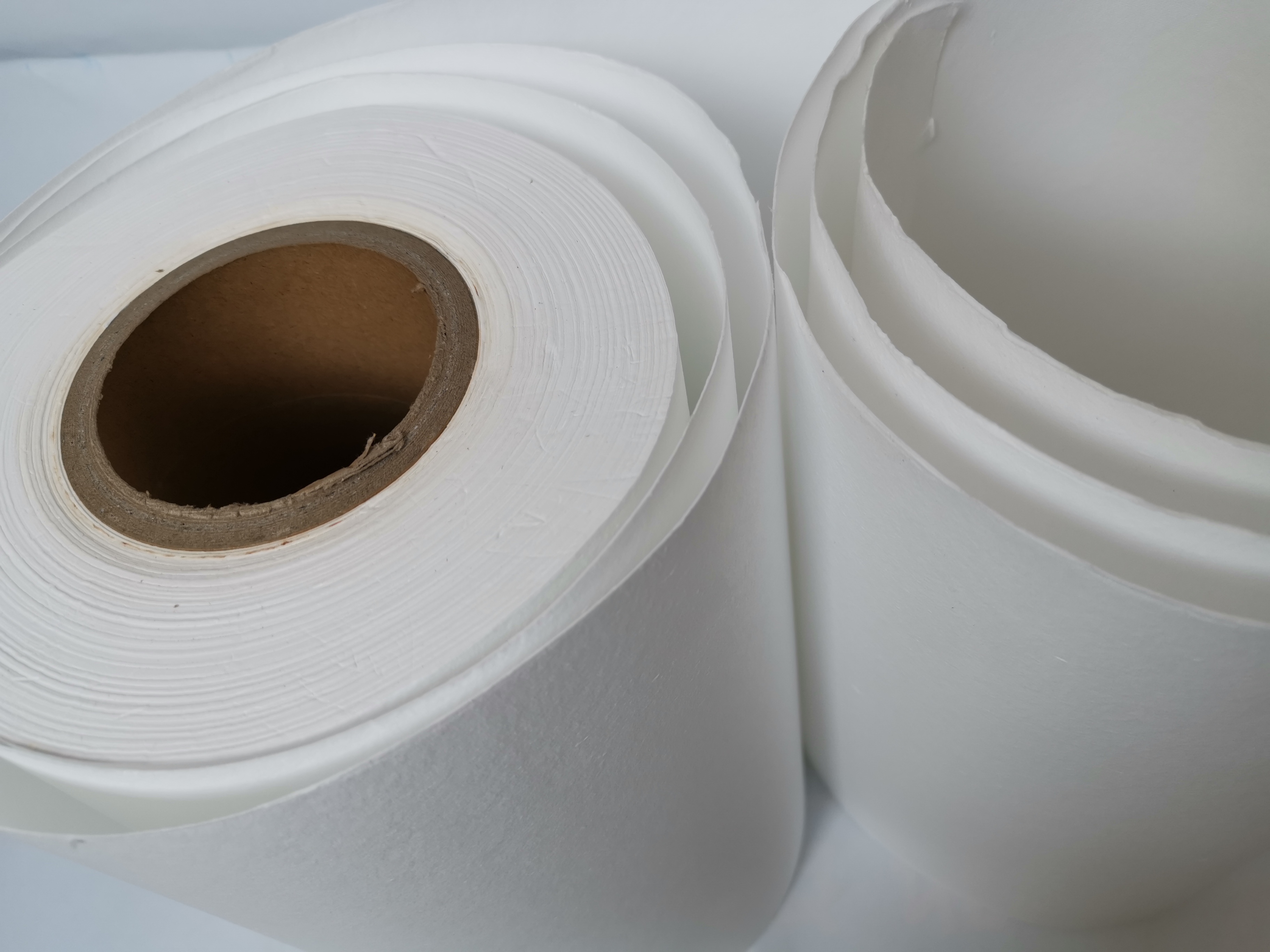
Figure 3: Quality control check for HEPA filter paper during production.
Choosing a Vendor: Comparison Criteria for HEPA Filter Paper Suppliers
When seeking hepa filter paper for sale, the choice of vendor significantly impacts the quality, reliability, and cost-effectiveness of your filtration solutions. A thorough evaluation of potential suppliers based on key criteria is essential.
Vendor Comparison Table:
| Criterion | High-Quality Supplier Attributes | Risks with Subpar Suppliers |
|---|---|---|
| Product Quality & Consistency | Consistent, independently verified performance (e.g., ISO 29463 certified), tight tolerances on specs. | Variable efficiency, inconsistent thickness/basis weight, potential for media defects. |
| Certifications & Standards | ISO 9001, adherence to EN 1822 / ISO 29463, comprehensive test reports for each batch. | Lack of verifiable certifications, self-declared compliance, absence of detailed test data. |
| Customization Capabilities | Ability to supply custom widths, thicknesses, and specialized grades (e.g., flame retardant, water repellent). | Limited product range, inability to meet specific application requirements, "one-size-fits-all" approach. |
| Technical Support & Expertise | Access to experienced technical staff, application engineering support, guidance on material selection. | Limited product knowledge, generic advice, inability to troubleshoot complex filtration challenges. |
| Lead Time & Logistics | Reliable lead times, efficient global logistics, responsive order fulfillment. | Frequent delays, inconsistent delivery, poor communication regarding order status. |
Table 2: Key considerations for comparing HEPA filter paper suppliers.
Customized HEPA Filter Paper Solutions
Recognizing that no two industrial applications are identical, leading manufacturers of HEPA filter paper offer tailored solutions. Customization ensures optimal performance and seamless integration into specific filtration systems. When considering hepa filter paper for sale, the ability to adapt specifications to unique needs is a significant advantage.
- Custom Widths and Lengths: To minimize waste and optimize manufacturing processes for filter producers, paper can be supplied in specific roll widths and lengths.
- Varying Thickness and Basis Weight: Fine-tuning these parameters allows for optimization of pressure drop, efficiency, and mechanical strength for different filter designs (e.g., mini-pleat vs. traditional deep-pleat).
- Specialized Grades:
- Water-Repellent Treatment: For applications in high-humidity environments, preventing media degradation and maintaining performance.
- Flame-Retardant Treatment: Enhancing safety in environments where fire risk is a concern.
- Antimicrobial Properties: Incorporating agents to inhibit microbial growth on the filter media surface.
- High-Temperature Resistance: For demanding industrial applications with elevated operating temperatures.
- Binder System Modification: Adjusting the type and amount of binder to achieve desired stiffness, durability, and chemical resistance.
Collaborating with a knowledgeable supplier who can provide expert guidance on these customization options ensures that the selected HEPA paper perfectly aligns with operational requirements and performance goals.
Application Case Study: Enhancing Pharmaceutical Cleanroom Integrity
A leading pharmaceutical company faced persistent challenges in maintaining ISO Class 7 cleanliness in their aseptic filling suites. Despite regular filter replacements, background particle counts occasionally spiked, impacting batch consistency and increasing the risk of product recalls. Their existing HEPA filters, while meeting basic standards, were experiencing premature pressure drop increases and minor media failures over time, suggesting inconsistencies in the underlying HEPA filter paper.
Solution Implemented:
The company decided to upgrade its filtration system by sourcing premium H14 grade hepa filter paper for sale from a certified manufacturer known for its stringent quality control and low-pressure-drop formulations. The new HEPA paper featured a more uniform fiber distribution and enhanced tensile strength, specifically designed for mini-pleat applications to maximize surface area within existing filter frames.
Results Achieved:
- Consistent Cleanroom Classification: Maintained stable ISO Class 7 (and often achieved Class 6) conditions with significant reduction in particle count excursions.
- Extended Filter Lifespan: The superior structural integrity and dust holding capacity of the new HEPA paper extended filter service life by approximately 30%, leading to reduced replacement frequency and maintenance costs.
- Energy Savings: The lower initial pressure drop of the H14 media, combined with optimized pleating, resulted in a measurable decrease in fan energy consumption for the HVAC system, contributing to a lower operational expenditure.
- Enhanced Product Quality and Compliance: Reduced contamination risks led to higher batch success rates and strengthened compliance with Good Manufacturing Practices (GMP) and FDA guidelines.
This case study exemplifies how selecting high-quality HEPA paper directly impacts critical operational parameters, leading to significant improvements in efficiency, cost, and compliance in demanding environments.

Figure 4: HEPA filter paper undergoing a final inspection for quality assurance.
Commitment to Trust: FAQs, Lead Time, Warranty, and Support
Frequently Asked Questions (FAQs):
- Q: What is the primary difference between H13 and H14 HEPA filter paper?
- A: Both H13 and H14 refer to efficiency classifications under ISO 29463. H13 paper filters at least 99.95% of particles at 0.3 µm (MPPS), while H14 paper filters at least 99.995% of particles at 0.3 µm. H14 offers a higher level of filtration for the most demanding applications.
- Q: Can HEPA filter paper be customized for specific chemical resistance?
- A: Yes, certain polymeric binders and fiber treatments can be incorporated during manufacturing to enhance resistance to specific chemicals. It is crucial to discuss your precise chemical exposure requirements with our technical team to ensure the appropriate formulation.
- Q: How does low pressure drop benefit my operations?
- A: Lower initial pressure drop means less resistance to airflow, which directly translates to reduced energy consumption by the fans in your HVAC or air handling systems. This can lead to significant operational cost savings over time and potentially extend the life of your fan motors.
- Q: What is the typical shelf life of unused HEPA filter paper?
- A: When stored in original, sealed packaging in a cool, dry environment away from direct sunlight and contaminants, our HEPA filter paper has a typical shelf life of 2-3 years without degradation of its physical or performance characteristics.
Lead Time and Fulfillment:
We understand the critical nature of supply chain reliability. Our standard lead time for most grades of HEPA filter paper is typically 2-4 weeks from order confirmation, depending on volume and customization requirements. For urgent requirements or large-scale projects, we offer expedited production and logistics solutions. Our robust inventory management and global shipping capabilities ensure timely and efficient delivery to your facility worldwide.
Warranty and Quality Assurance:
All our HEPA filter paper products are backed by a comprehensive warranty against manufacturing defects and material failures. We adhere to ISO 9001 certified quality management systems, ensuring every roll of hepa filter paper for sale undergoes rigorous testing and inspection before shipment. Detailed Certificates of Analysis (CoA) are provided with each batch, confirming compliance with specified technical parameters and international standards.
Dedicated Customer Support:
Our commitment extends beyond product delivery. Our experienced technical support team is available to assist with product selection, application engineering, troubleshooting, and post-sales inquiries. We offer expert consultation to help you optimize your filtration systems and ensure the long-term performance of our HEPA paper solutions. Reach out to us via phone or email for prompt and professional assistance.
References
- ISO 29463:2017 - High efficiency filters and filter media for removing particles in air. International Organization for Standardization.
- IEST-RP-CC001.6: HEPA and ULPA Filters. Institute of Environmental Sciences and Technology.
- The Principles of Air Filtration. ASHRAE Journal.
- Wang, C., Li, S., & Li, Q. (2020). Advances in high-efficiency particulate air (HEPA) filters for air purification. Journal of Cleaner Production, 277, 123847.
- Occupational Safety and Health Administration (OSHA). Technical Manual: HEPA Filters. U.S. Department of Labor.
Post time: Sep-12-2025





